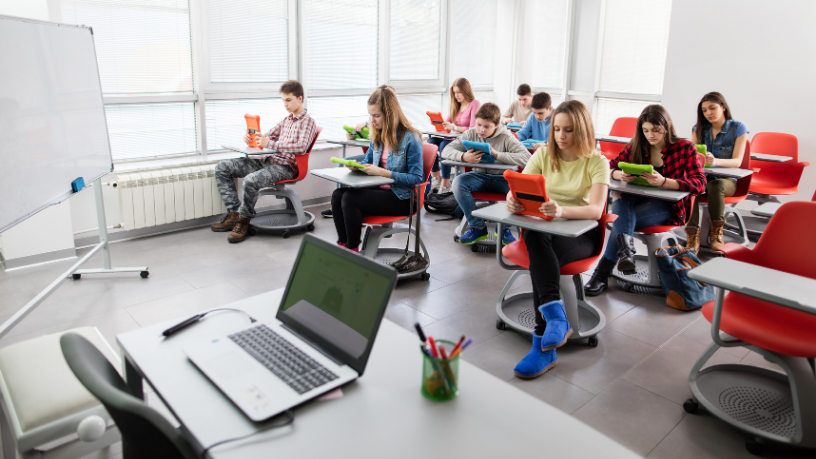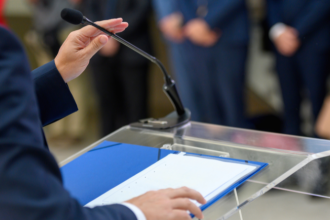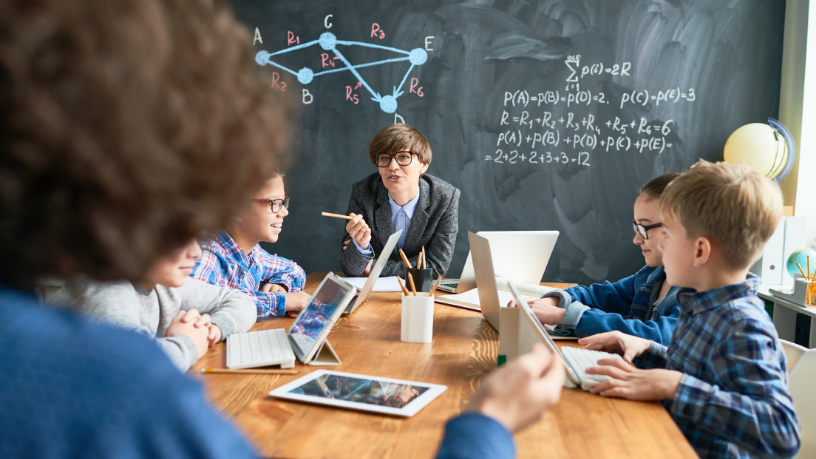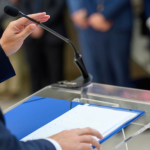The concept of active methodologies has been gaining increasing prominence in contemporary pedagogical practices. According to Kelsem Ricardo Rios Lima, an expert in educational innovation, these strategies propose a reversal of the traditional student role—from a passive recipient of information to a key player in their own learning process. This paradigm shift aligns with today’s societal demands, which emphasize critical thinking, problem-solving, and intellectual autonomy.
The use of digital tools, collaborative projects, and hands-on dynamics are examples of approaches that have been transforming classrooms into more interactive, creative, and effective learning environments.
Active Methodologies and Knowledge Building
At the heart of active methodologies is the student’s active participation in the learning process. Instead of focusing on the teacher’s theoretical exposition, these practices promote investigation, experimentation, and collective knowledge construction.
Among the most well-known approaches are project-based learning (PBL), peer learning, flipped classrooms, and blended learning. All of these strategies share the belief that knowledge is better absorbed when students engage directly with the content, develop independent reasoning, test hypotheses, and apply what they learn to real-world situations.
According to Kelsem Ricardo Rios Lima, this model enhances student autonomy, stimulates creativity, and strengthens interpersonal skills, preparing learners for more demanding and dynamic professional environments.
The Teacher’s Role as a Facilitator
With the adoption of active methodologies, the teacher’s role also evolves—from a knowledge transmitter to a facilitator and learning guide. This means creating challenging learning environments, encouraging student ownership, and proposing activities that involve research, practice, and reflection.
This shift demands preparation, planning, and continuous professional development. Teachers must learn how to integrate technology effectively, present real-world problems for group resolution, and conduct formative assessments that evaluate not just final outcomes, but the learning process itself.

Kelsem Ricardo Rios Lima highlights that the success of active methodologies depends on the commitment of educators to create welcoming, flexible environments where mistakes are seen as part of the learning journey. This approach enhances student engagement and supports the development of both cognitive and socioemotional skills.
Positive Impacts on Learning
Numerous studies and real-world experiences show that active methodologies positively affect academic performance. Students who actively participate in learning tend to retain more content, show greater motivation, and demonstrate a better ability to apply knowledge in various contexts.
Moreover, these practices help reduce dropout rates, foster inclusion, and develop essential 21st-century skills such as collaboration, empathy, leadership, and cognitive flexibility. When applied with coherence and intentionality, they make the learning process more meaningful and lasting.
According to Kelsem Ricardo Rios Lima, educational environments that value student participation in the construction of knowledge contribute to more holistic development, where theory and practice go hand in hand, respecting diverse learning styles and paces.
Conclusion: A More Participatory and Effective Education
Active methodologies represent a necessary evolution in education, aligning teaching with the demands of the contemporary world. They place students at the center of the process, foster creativity, and encourage collaborative learning, making knowledge more relevant and applicable to everyday life.
With the adoption of these practices—and the support of professionals who understand their importance—education moves toward a more inclusive, participatory model, connected to the challenges of the future. It’s an invitation to renew teaching while honoring the essence of learning as a living, dynamic, and transformative process.
Author: Clodayre Daine









